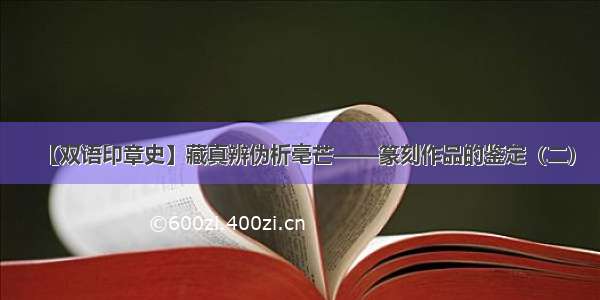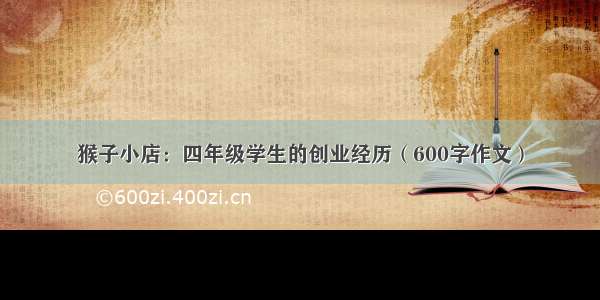
明清玺印作伪与辨伪
Creating and Distinguishing Faking seals of Ming and Qing Dynasty
由于收藏玺印风气渐盛而催生的作伪和仿古两种现象在宋代并存。作伪意在射利,明清时代出现的伪印大多属于这一种情况。仿古本是源于好古的心理,为了满足赏玩而制作。
明代的伪仿之印,至少在清代初期已见进入内府的收藏。“大阳长印”、“大将军印”等品,即属此类伪物。至清代中期,收藏家已有望而生畏的困惑,乾隆年间(1736-1795年)吴好礼在《秦汉印集》跋中云,时下伪品充斥:“遇有售者,不敢独断,与二三鉴古君子考校真赝,辨析毫芒”,这是很有代表性的状况。
In the Song Dynasty, the counterfeiting and replicating of ancient seals were twin phenomena engendered by the increasingly popular fashion of seal collection. The makers of counterfeit seals did so for profit; most of the counterfeited seals in the Ming and Qing dynasties were made with this mind. Those who replicated ancient seals did so out of their interest in and fascination for ancient seals, the replicas were made to meet their interest in and fascination for ancient seals, the replicas were made to meet there appreciation needs.
Replicated and counterfeited seals made in the Ming Dynasty had infiltrated the Palace Treasury collection at least as soon as the early Qing Dynasty. Seals such as the “Seal of Magistrate of Dayang County” and the “Seal of Great General” are of this kind. By the middle of the Qing Dynasty, collectors were already confused and intimidated by replicas and counterfeits. Wu Haoli mentions in his epilogue to Collection of Seals from the Qin and Han Dynasties, compiled during the Qian Long Reign, that counterfeit seals were everywhere at the time and that collectors only dared to buy after inviting experts to examine their intended purchases. This was quite typical of the time.
▲大将军印,《金薤留珍》
Seal of the Great General, included in “Treasure in a Gold Casket”
早期伪造的“古印”,不仅见于各种印谱所辑,而且至今仍有不少保存于公私之家。而一些作伪之作出于古人窖藏或弃失于遗址,在近世发现后又屡有被误以为出土文物之例。如陕西西安永红路窖藏发现的花岗石质“汉匈奴恶适尸遂王”,印面达8.8厘米见方。从今天看来,无论印形、质料、印文风格都与汉代印制有霄壤之别,显然属于明清好古之士的游戏之作。
Counterfeit “ancient seals” made in earlier times not only made their way into seal imprint compilations, they still exist in many official and private seal collections. Some counterfeits were excavated from secret caches of ancient people or found thrown away in the relics and then subsequently mistaken as being contemporaneous with the relics. One instance of this is the granite seal “King E Shi Shi Sui of Xiongnu under Han” found in a hoard at the Yonghong Road in Xi’an, Shanxi Province. The seal has a square imprint ith sides 8.8cm long. Based on our modern knowledge of the subject, this seal is different from those mad according to the Han Dynasty seal system on all counts- form, material, and script. It is clearly the work of some Ming or Qing person who liked ancient seals and made it as a bit of fun.
▲汉匈奴恶适尸遂王(伪)
King E Shi Shi Sui of Xiongnu under Han(fake)
印体真而印文伪刻,是晚清古董商作伪的手法之一。其特点是利用已经磨灭文字或者本无文字的素面古印,加刻上杜撰的印文,也有磨去一般官印品类,重刻稀见或者品级较高的官印,以谋善价。如“都乡侯印”、“临淄侯家丞”、“右将军印”。另一类是凭空虚造的伪品。“汉匈奴柳鞬姑塗墨台耆且渠”一印,形制系仿自“汉匈奴破虏长”,印文官号取自《汉书·匈奴传》,可谓构思细密,但其钮式为西汉风格,而印文所刻匈奴语官印为东汉时期方始出现的类型,形制与印文的制度内涵不能统一,也是伪印的一般特点。
One of the faking techniques of late Qing antiquaries was to counterfeit seal text onto a genuine ancient seal body. They took ancient seals that were blank, or whose inscriptions had worn off and added their own counterfeit text. Another scam was to take official seals of lower or quite commonly seen rank, grinding off the original titles and carving in new ones, always of higher or rarely seen official positions, so that the rarity value would mean a better price. The “Seal of Marquis of Duxiang”, “Household Manager of Marquis of Linzi” and the “Seal of Right General” are all counterfeits. Another type of counterfeit is seals with totally concocted text. The deal “Chief of Liu Jian Gu Tu Mo Tai of Xiongnu under the Han” replicates the form and style of the seal “Chief Captain of Xiongnu Tribe Assisting in Han’s Punitive Expedition against Other Tribes”. Its official position name is taken from the History of the Han Dynasty: Biography of the Xiongnu Tribe and it is very meticulously designed. However, its knob form is a Western Han style, and the official position name transliterated from the Xiongnu language and carved on the seal did not appear until the Eastern Han Dynasty. Such inconsistency between form and text systems is irreconcilable, another giveaway that the seal is a fake.
▲汉匈奴柳鞬姑塗墨台耆且渠(伪)
Bronze seal "Chief of Liu Jian Gu Tu Mo Tai of Xiongnu under the Han"(fake)
玺印的辨伪方法,在于将印文风格、形制及其所涵官制、地理信息与古代文献记载进行综合考证,做出辩证判断。深入地了解古玺印的演变历史,熟悉各时期的实物特征,是掌握鉴别能力的基础。
The way to determine whether a seal is counterfeit is to conduct a comprehensive acumination of the script of the text, of the form, of the official position system to which the text refers, and of related records in ancient literature. Then you may make a logical judgment. The essentials for good judgment are established through a deep understanding of how ancient seals evolves, and familiarity with the physical features of seals from different periods of history.
本文节选自孙慰祖:《中国印章-历史与艺术》,外文出版社,。
Sun Weizu: The History and Art of Chinese Seals, Foreign Languages Press,
责任编辑:朱玺、戴梦岚
您的转发与点赞是对我们工作的最大鼓励!


![[转载]识紫檀(先作伪再辨伪)](https://600zi.400zi.cn/uploadfile/img/7/185/1f540b496113f5cd24f1f0ef9a3d0364.jpg)













